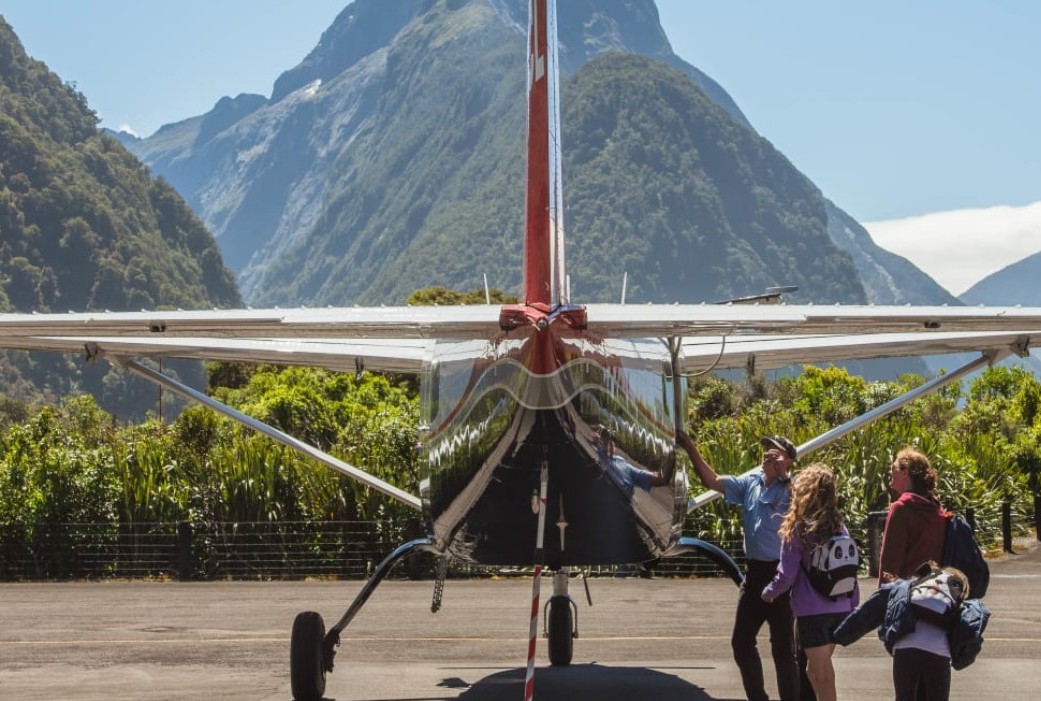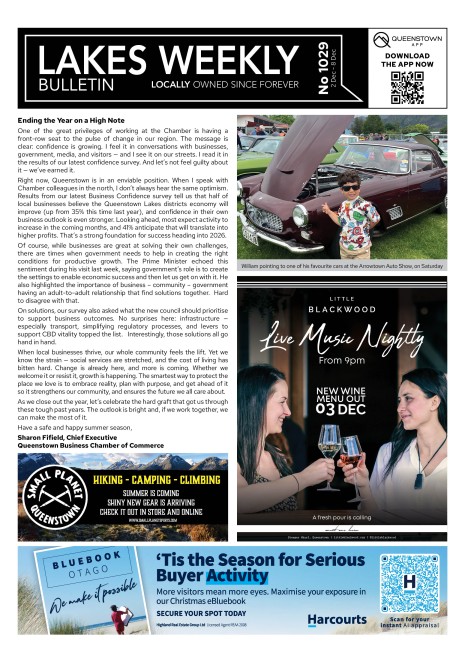What is New Zealand's most challenging airport for pilots?

As fellow white-knuckled flyers will know, New Zealand has some challenging airports to land at.
We're a country of two thin, windy islands with mountainous terrain, so things are bound to get bumpy on occasion. But which airport or airstrip (called an aerodrome if you speak aviation) is most notorious among pilots?
Wellington is often near the top of the list of tricky international airports, as is Paro International Airport in the Himalayan mountain kingdom of Bhutan where only about 50 highly trained pilots are allowed to fly into. Smaller airports in New Zealand can also require specific weather conditions and extra vigilance from pilots.
But according to the four pilots and aviation specialists RNZ interviewed, a challenging airport becomes just another day in the office for an experienced, well-trained pilot.
While the data is slightly dated, a 2017 survey from Navigatus Consulting of almost 500 pilots had Milford Sound - a small airport surrounded by jagged mountains - as the number one challenge for Kiwi pilots. That was followed by Ryan's Creek on Stewart Island and Picton.
A study earlier this year had Wellington as the third most turbulent major airport in the world. Christchurch landed at number 10 on the list. Queenstown is another airport with multiple challenges including terrain, wind and air traffic.
"[Milford Sound] is certainly a stunning part of the world. It does have its challenges but all of the pilots that fly in there commercially, we do a huge amount of training," says Jake Broadhurst, a pilot for Totally Tourism, which does helicopter and plane flights in and out of Milford Sound.
The airport requires a visual approach, meaning the pilot must rely on eyes rather than radar and instruments to guide the plane. In bad weather, no one can fly.
"It varies from year to year but anywhere up to 40 percent of the time you can't fly in and land... You might be able to fly in the morning, but weather comes in the afternoon and it closes out and that's one of the challenges of flying in the Southern Alps," says Mark Quickfall, the chief executive of Totally Tourism.
James Stokes, pilot and owner of Glenorchy Air, occasionally flies from the company's Queenstown base to Ryan's Creek on Stewart Island, New Zealand's third most challenging airport, according to the Navigatus Consulting survey.
"...the runway is quite short and is exposed at the top of a hill so it can be very windy. Makes for a very rough approach and departure, especially in easterly winds. Requires a lot of experience and skill," wrote Stokes in a message to RNZ.
He called Queenstown "one of the most complex pieces of airspace in the world thanks to a mix of helicopters, light aircraft and airline traffic all operating in an area confined by mountains".
"The air traffic controllers at ZQN [Queenstown's airport code] are some of the most skilled in the world and pilots have to be above average in competency to operate efficiently on a busy day."
Domestic airports where pilot Bob Henderson has done the most go-arounds - when the pilot aborts the landing either for another go or to divert to another airport - are Christchurch, Dunedin and Wellington. He has decades of experience as a military pilot and with Air New Zealand. Henderson is now the president of the New Zealand Aviation Federation.

New Zealand Aviation Federation president Bob Henderson. Photo: Supplied
One thing he learned to consider in all those years of experience was that passengers don't always share the confidence pilots have in their own flying know-how and their aircraft.
"This is getting uncomfortable [in the cockpit] so what the hell does it feel like in the back of the plane," he says.
While he hasn't flown into Great Barrier Airport, he has heard from other pilots that the one-way approach, combined with the terrain and the weather. make it a challenge.
Many airports allow planes to land in either direction so they can approach with a preferred headwind. This helps the plane land at a slower speed. At Great Barrier, pilots can only approach in one direction.
If there's a tailwind, "that is a lot of extra energy," Henderson says.










